Click below to listen to my 2 min. Garden Bite radio show: Rain gardens
Last year I was supposed to get a rain garden installed by the City as they redid my streets… however, they pushed out to this year. Alas, I wait. BUT the great thing is they WILL being doing it and that means that other cities do too! If YOUR street will be redone, be sure to ask your city streets department if they have an option for you to get one installed too. I’ll share pictures later this year… I hope!
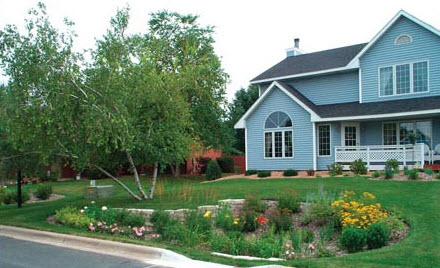
From marshes to savannas to dry prairies, there are some wonderful choices for plants for your rain garden. You must determine, first, what your sun/shade conditions will be and know the climate zone you live in.
The University of Minnesota Extension is a great source on How and Why to build a rain garden.

Check that link to the U of MN for a long list of plants, but as a primer, native plants work best, lots of grasses are good choices.
Including Big and Little Bluestem, tall manna grass for lakeside and lots of sedges which will tolerate partial shade.
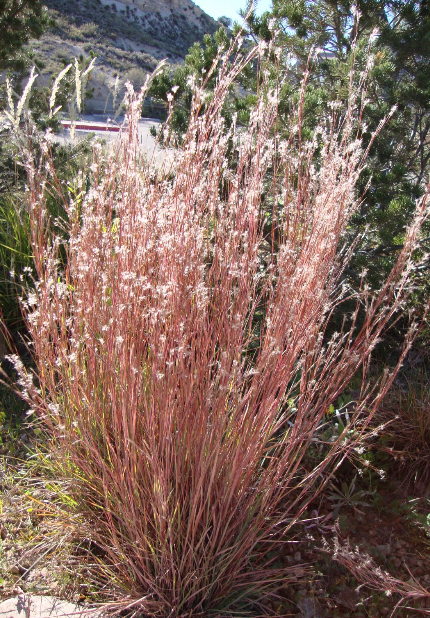
Fragrant hyssop, agastache, is a prairie perennial that will grow to 40 inches tall and blooms June through October, an absolute bee, butterfly and bird magnet!
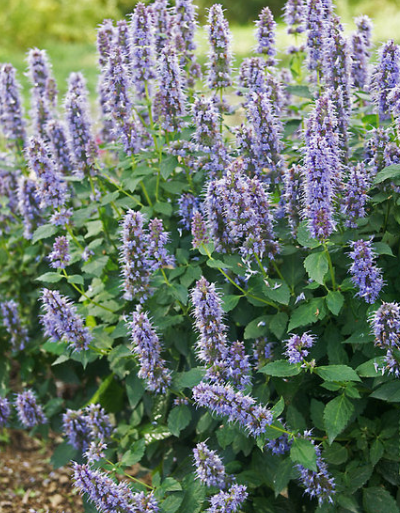
Canada anemone and new england aster are wonderful choices for part shade, attract butterflies and offer successive bloom times. That means flowers from May through October!


Boltonia asteroides is a late blooming swamp to prairie perennial that can grow from 4 feet to nearly 7 feet tall. It’s blooms look like small daisies but they’re profuse! One cultivar is named ‘SnowBank’, very appropriate.
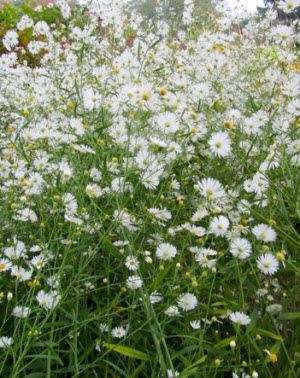
A modest 1500 sq. ft. house on a small lot may produce 5,000 gals. of runoff from a 1 inch rain storm! Holy cow, that’s a lot of water down the storm drain.
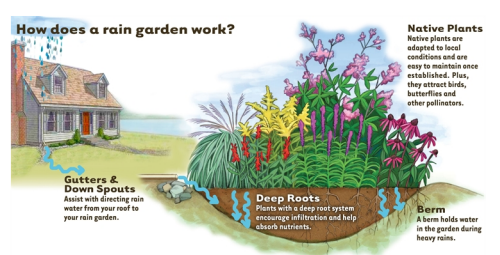
Rain gardens prevent much of that runoff allowing the water to soak into the soil, get cleansed as it passes down and then helps to fill our aquafirs. To learn more about rain gardens I urge you to check out the Blue Thumb Guide to Raingardens. This is a FANTASTIC resource for those of us in northern climates.
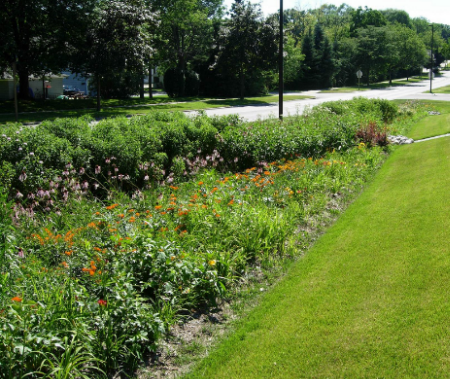
Additional information at Capital Region Watershed District

